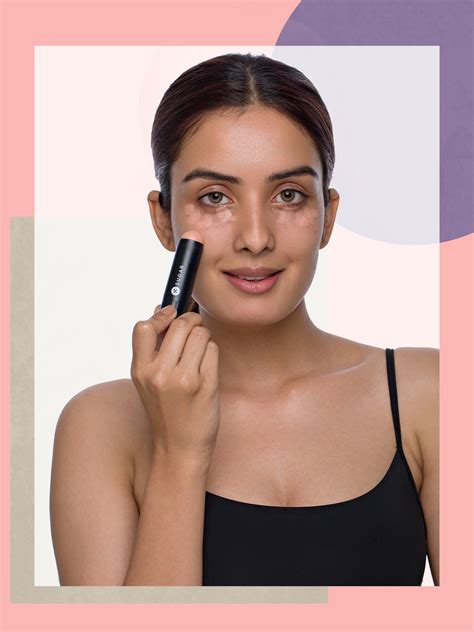Shaving: How to avoid razor burn for peak daily readiness and confidence?

Understanding Razor Burn: More Than Just a Nuisance
Razor burn, characterized by redness, irritation, itching, and sometimes small bumps, is a common skin reaction to shaving. While often dismissed as a minor inconvenience, it can significantly impact your comfort, appearance, and confidence, especially when you’re striving for peak daily readiness. Understanding its causes is the first step toward prevention.
Common culprits include dull blades, dry shaving, shaving against the grain, applying too much pressure, and inadequate pre- and post-shave care. Each of these factors contributes to micro-abrasions and inflammation, leading to that tell-tale stinging sensation and visible irritation.

Pre-Shave Preparation: The Foundation of a Smooth Shave
The secret to avoiding razor burn often begins before the blade even touches your skin. Proper preparation softens your hair and prepares your skin, making for a smoother, less irritating shave.
- Warm Water & Cleansing: Start by washing your face with warm water or taking a hot shower. This opens pores, softens hair follicles, and removes dirt and oil.
- Exfoliation (Optional but Recommended): Gently exfoliate your skin 2-3 times a week, or before a shave. This removes dead skin cells that can clog pores and dull your blade, preventing ingrown hairs and allowing for a closer shave.
- Pre-Shave Oil: Apply a few drops of pre-shave oil. This creates a protective barrier between your skin and the razor, helping the blade glide more smoothly and reducing friction.
- Quality Shave Cream or Gel: Lather up a generous amount of high-quality shave cream or gel. Opt for formulations that are rich, moisturizing, and free of harsh chemicals. Let it sit on your skin for a minute or two to further soften the hair.

During the Shave: Technique Matters Most
Your shaving technique is paramount in preventing razor burn. Mindful, deliberate strokes can make all the difference.
- Sharp Blade: Always use a sharp, clean razor blade. Dull blades tug at hairs, causing irritation. Replace your blade every 5-7 shaves, or sooner if you notice resistance.
- Shave with the Grain: For your first pass, always shave in the direction your hair grows. This minimizes pulling and irritation. If you desire a closer shave, a second pass can be done across the grain, or very gently against the grain if your skin tolerates it.
- Light Pressure: Let the razor do the work. Pressing too hard can cause nicks, cuts, and severe irritation. Modern razors are designed to cut effectively with minimal pressure.
- Rinse Frequently: Rinse your razor blade under warm water after every few strokes to clear away hair and shaving cream, ensuring optimal performance.
- Stretch, Don’t Pull: Gently stretch your skin taut with your free hand in tricky areas to provide a flat surface for the razor, but avoid aggressive pulling.

Post-Shave Care: Soothe, Protect, and Rejuvenate
What you do immediately after shaving is just as important as your preparation. This stage is crucial for soothing your skin and locking in moisture.
- Rinse with Cool Water: After you’re done shaving, rinse your face with cool water. This helps to close pores and calm the skin.
- Pat Dry: Gently pat your skin dry with a clean, soft towel. Avoid rubbing vigorously, which can cause further irritation.
- Apply Aftershave Balm: Skip alcohol-based aftershaves, which can dry out and irritate your skin. Instead, opt for a soothing, alcohol-free aftershave balm or lotion. Look for ingredients like aloe vera, witch hazel, or chamomile, which help to hydrate and reduce redness.
- Moisturize: If your aftershave doesn’t provide sufficient moisture, follow up with a non-comedogenic facial moisturizer to keep your skin hydrated and supple throughout the day.

Beyond the Basics: Advanced Tips for Sensitive Skin
For individuals with particularly sensitive skin prone to razor burn, a few extra considerations can make a significant difference:
- Consider Your Razor Type: While multi-blade razors can offer a close shave, a single-blade safety razor or a high-quality electric shaver might be gentler for sensitive skin, reducing the number of blades contacting the skin.
- Shave Less Frequently: If possible, allow your skin to rest by not shaving every day. This gives your skin time to recover and reduces cumulative irritation.
- Patch Test Products: Introduce new shaving products one at a time to identify any potential irritants.

Conclusion: Embrace a Confident, Razor Burn-Free Future
Avoiding razor burn is an achievable goal with the right approach and consistent practice. By prioritizing proper pre-shave preparation, refining your shaving technique, and committing to effective post-shave care, you can transform your daily shave from a dreaded chore into a refreshing ritual. A smooth, comfortable shave not only enhances your appearance but also significantly boosts your confidence, ensuring you face each day with peak readiness and self-assurance.









